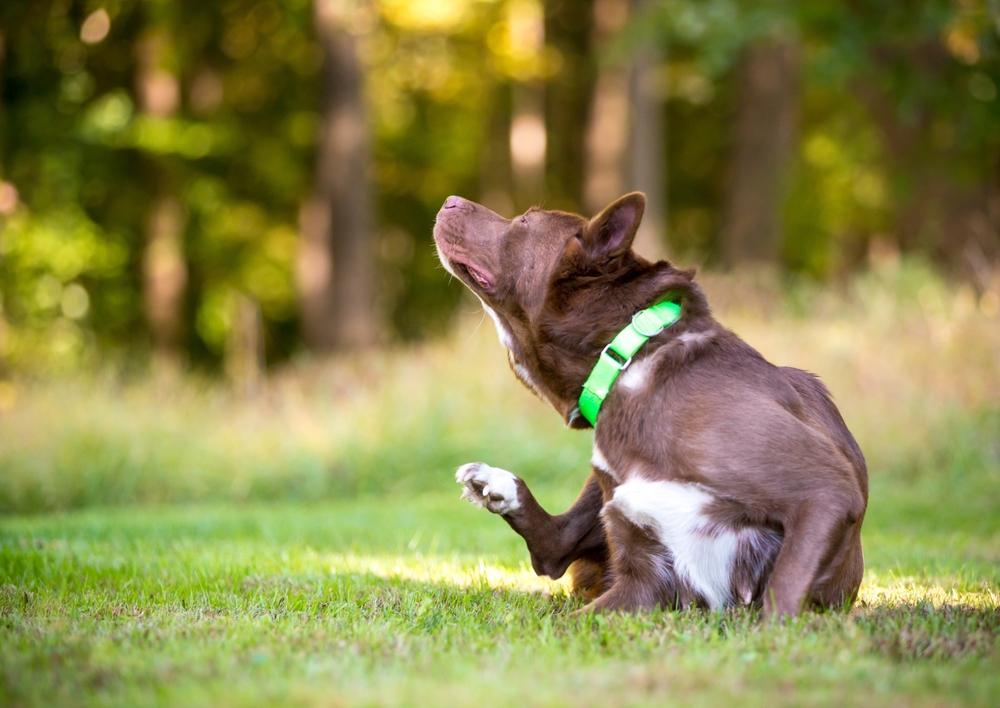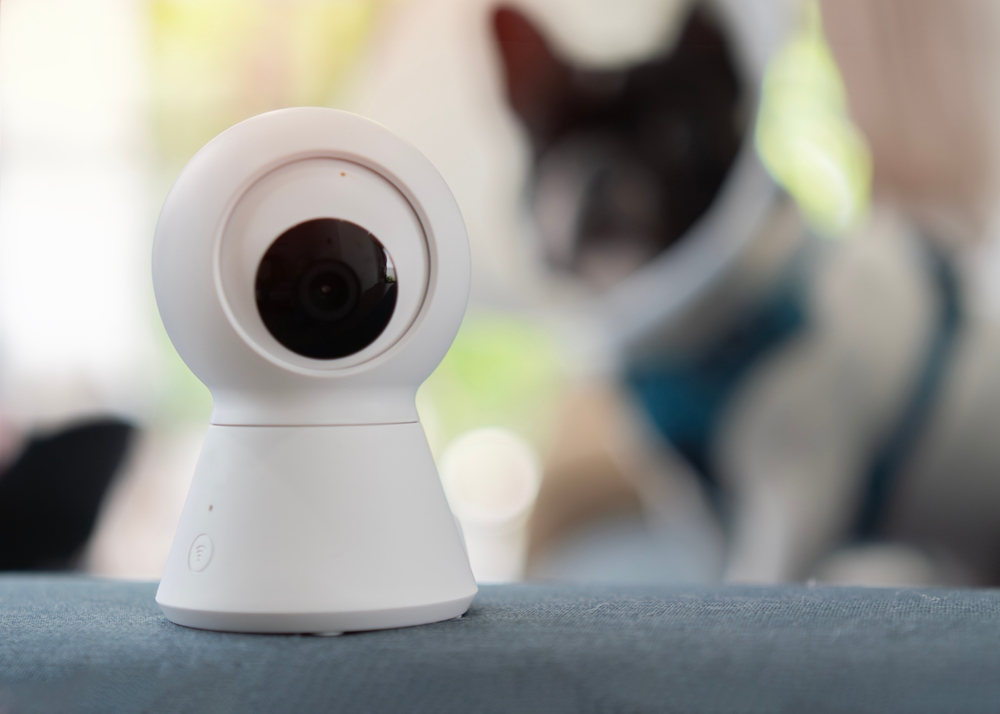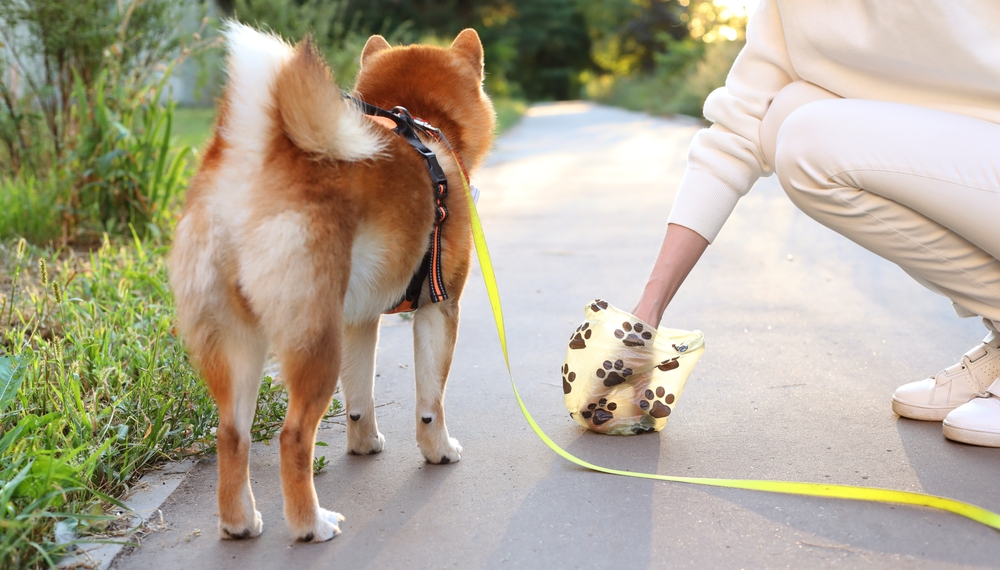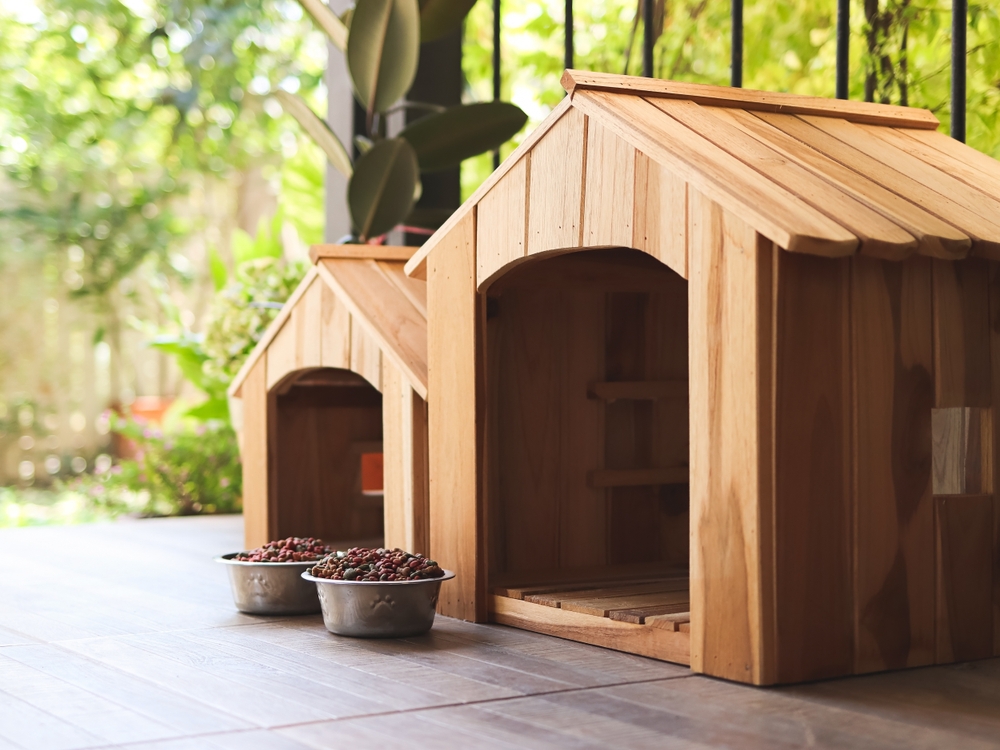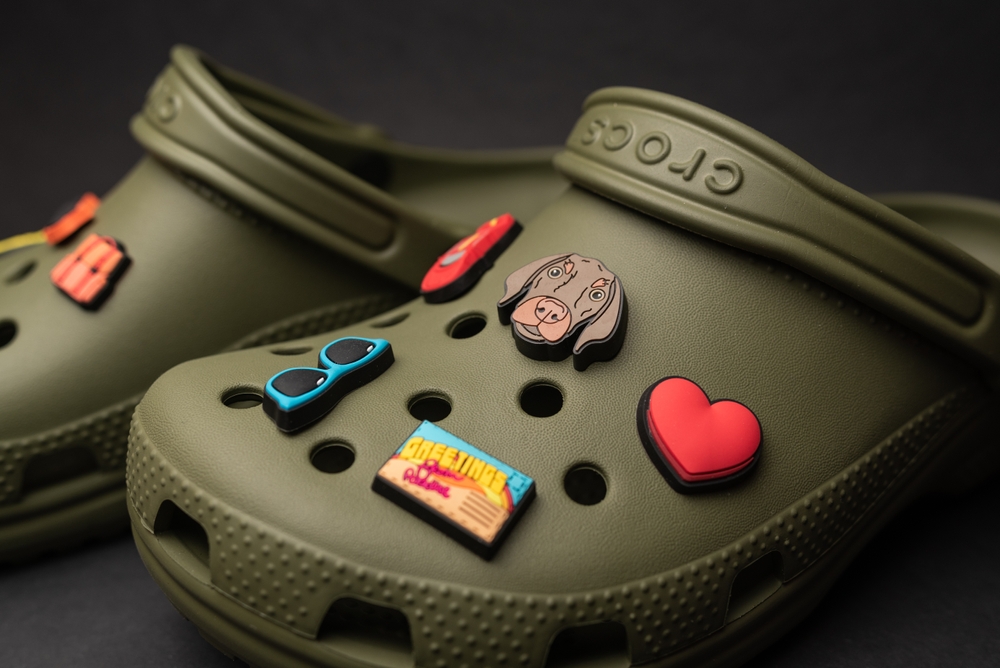6 Best No Pull Dog Harnesses of 2025
Published on July 06, 2023
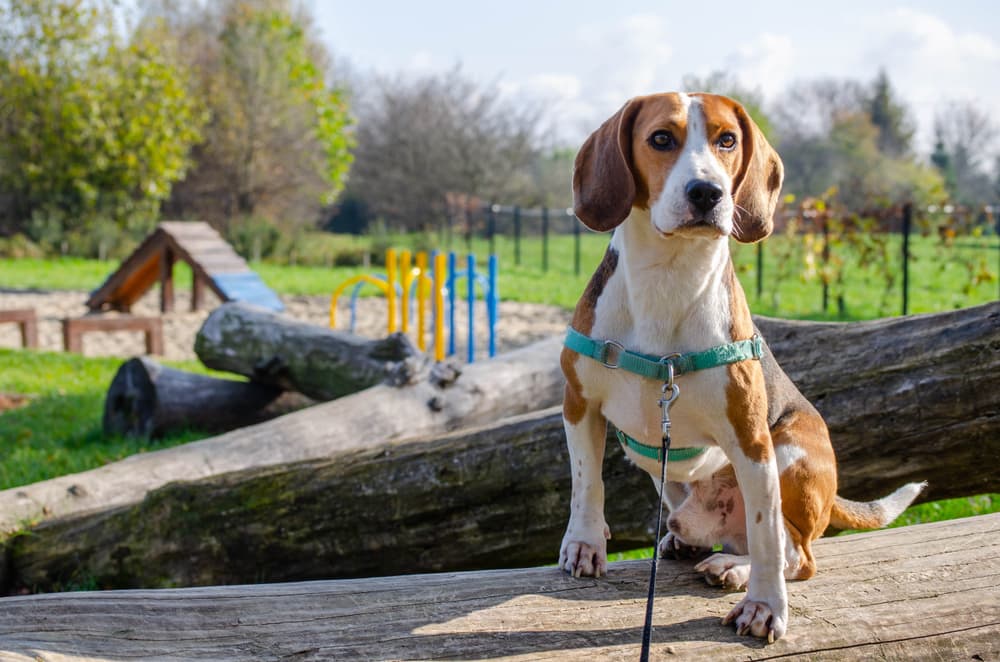
If your dog pulls on their leash while walking, you’re certainly not alone. A study found that more than 82% of dogs pull on their lead, a frustrating habit that can be hard to break. Proper training is key to encouraging your dog to walk on a loose leash, but until they’ve mastered this skill, you may also want to use a no pull dog harness on your daily outings.
As their name suggests, these harnesses are designed to prevent your dog from pulling on the leash, and they can be a helpful tool when used properly. Here’s what you need to know about no pull harnesses for dogs and how to use them,
Our Top No-Pull Picks
All featured products are chosen at the discretion of the author. However, Vetstreet may make a small affiliate commission if you click through and make a purchase.
- Overall Best No Pull Dog Harness: rabbitgoo Dog Harness
- Best No Pull Harness for Large Dogs: 2 Hounds Design Freedom No Pull Dog Harness
- Best No Pull Harness for Small Dogs: PoyPet No Pull Dog Harness
- Best Tactical No Pull Dog Harness: Auroth Tactical Dog Harness
- Best Padded No Pull Dog Harness: Didog Soft Flannel Padded Dog Harness
- Best Lightweight No Pull Dog Harness: PetSafe Easy Walk Dog Harness
6 Best No Pull Dog Harnesses
Let’s go over our favorite dog harness options to help encourage pleasant, no pull walks for you and your pup.
Overall Best No Pull Dog Harness
Our pick: rabbitgoo Dog Harness

A well-priced, comfortable option for dogs of all sizes, our best overall pick comes highly recommended by Burgess. “The rabbitgoo harness is fully adjustable [and] breathable, and snaps on in seconds,” she explains. “It slips on easily over your dog’s head and has two clips, one at their chest and the other in the middle of their back. Some dogs walk better with the leash clipped in front versus the back. These adjustments make the harness very comfortable for your dog, and walks can be much more enjoyable!”
This harness is available in small, medium, large, and extra-large sizes, and it also comes in a wide range of colors, allowing your pup to show some personality on your walks.
Pros
- Four sizes available
- Wide range of colors
- Front and back clips
- Easy to adjust
- Breathable padding
- Built-in top handle for additional control
- Great price point
Cons
- Clips can be stiff at first
- Handle is fairly thin
Best No Pull Harness for Large Dogs
Our pick: 2 Hounds Design Freedom No Pull Dog Harness

The 2 Hounds Design Freedom Dog Harness is another option that comes recommended by training experts. It’s available in seven different sizes, including three options for large dogs, and has four adjustment points for a secure fit.
“I like the ability to fit the harness accurately over a range of different builds and body sizes, and there are safety features to help keep straps in place vs. loosening as the dog is walking, which is key,” explains Leigh Siegfried, CEO and founder at Opportunity Barks. “There are front and back connection options, and a velveteen strap under the armpits to help reduce chafing. It’s a great starter harness for many dogs and their owners.”
This harness even includes its own leash for added value and convenience.
Pros
- Seven sizes available
- Wide range of colors
- Four adjustment points
- Front and back clips
- Comes with dual-connection leash
- Chewing replacement warranty
Cons
- Only has padding on chest strap
- Leash hande may not be the most comfortable
- Higher price point
Best No Pull Harness for Small Dogs
Our pick: PoyPet No Pull Dog Harness
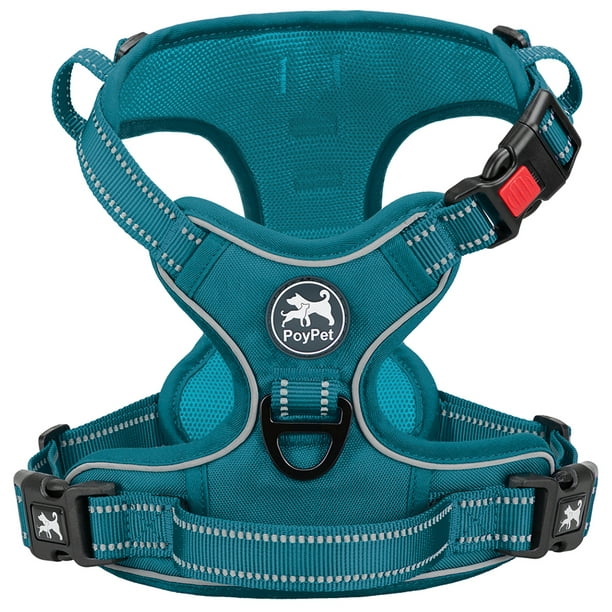
The PoyPet No Pull Dog Harness is a popular choice among our tinier canine companions, as it comes in both small and extra-small sizes. This harness is available in a wide range of colors to suit your pup’s personality, and it has a three-buckle fitting system that lets you easily adjust it to their body. It’s also lined with breathable mesh for added comfort and features leash hooks on both the front and back. The padded top handle gives you further control in busy settings.
Pros
- Five sizes available
- Wide range of colors
- Breathable mesh padding
- Front and back clips
- Locking neck buckle
- Padded handle
- Great price point
Cons
- Some customers found it hard to adjust at first
Best Tactical No Pull Dog Harness
Our pick: Auroth Tactical Dog Harness

If you have a working dog (service, law enforcement, military, etc.), the tactical harness is a heavy-duty option. Available in four basic sizes, it’s constructed from thick nylon with sturdy stitching for extra durability. You can choose from a variety of colors, including both solid hues and camouflage patterns, and the interior features breathable mesh padding to help prevent chafing. Plus, the no pull design offers leash-attachment clips on both the front and back of the harness.
For added versatility, there are two Velcro sections on the back, allowing you to clearly display working dog badges – or just the included “Best friend” patch. These sections also double as a molle system, making it easy for pups to carry service or personal gear.
Pros
- Heavy-duty design
- Four sizes available
- Front and back clips
- Four adjustment points
- Velcro patches double as a molle system to carry gear
- Built-in handle
Cons
- Some reviewers say they needed a size up from what their dog usually wears
Best Padded No Pull Dog Harness
Our pick: Didog Soft Flannel Padded Dog Harness

Some dogs, especially those with short coats, may experience chafing or irritation where their harness rubs. In this case, you’ll want a padded option like the Didog Dog Harness. Each strap is lined with soft, padded material, ensuring your dog is always comfortable, and the harness features clips on both the front and back for more versatility during use.
This harness only has one adjustment point, so it’s important to select the appropriate size for your pet from the five options available. On the plus side, the straightforward design makes it extremely quick and easy to put on and take off.
Pros
- Five sizes available
- Soft, padded fleece interior
- Front and back clips
- Quick and easy to put on
Cons
- Less adjustable than other harnesses
- Some dogs may be able to slip out of the harness
Best Lightweight No Pull Dog Harness
Our pick: PetSafe Easy Walk Dog Harness

If you’re looking for a lightweight no pull harness for your dog to wear in the summer, the PetSafe Easy Walk Dog Harness is a great choice. This highly rated design is available in five standard sizes, as well as several bright color options, and it features a unique martingale front loop that applies gentle pressure to your dog’s chest when they start pulling to discourage the behavior. It has three different adjustment points so you can find the perfect fit for your dog, but keep in mind that this harness solely features a front clip; there’s no option to attach your leash to the back.
Pros
- Five sizes available
- Several color options
- Lightweight design
- Martingale front loop
Cons
- Can be confusing to put on, according to some reviews
- No back clip
What is a No Pull Dog Harness?
No pull dog harnesses typically have one major difference from standard harnesses, and that’s where you clip your leash.
“…most no pull harnesses clip in front where most of your dog’s weight and strength are,” explains Julie Burgess, CPDT-KA, a certified dog trainer. “Managing the strongest areas of your dog’s body makes it much more likely that your dog will not pull.”
If your dog does pull when the leash is clipped to the front of the harness, their momentum will turn their body sideways towards you, making it harder for them to move forward. This gives you the opportunity to correct their behavior and encourage your dog to walk beside you without pulling.
How We Chose Our Top No Pull Harnesses
We took several steps to find the best no pull dog harnesses for a variety of pups. First, we spoke with two dog trainers, who offered guidelines on what to look for in a harness, as well as specific product recommendations. Beyond that, we evaluated each harness based on the following:
Durability/comfort. Since striking the right balance of sturdiness and comfort is a big part of finding the perfect no pull dog harness, we mostly focused on options that are made of durable material but also have added comfort features like breathable mesh/or and extra padding.
Sizing/adjustability. Having a harness that fits properly is crucial in making sure you’re getting the most out of it, so we took note of all sizing options and the adjustability for each pick.
Ratings/reviews. In order to get a well-rounded view of the harnesses on our list, we scoured the reviews to see how each one performed in real-life applications.
Price. Finally, we took the price point into consideration and tried to include something for every budget.
No Pull Dog Harness Buying Guide
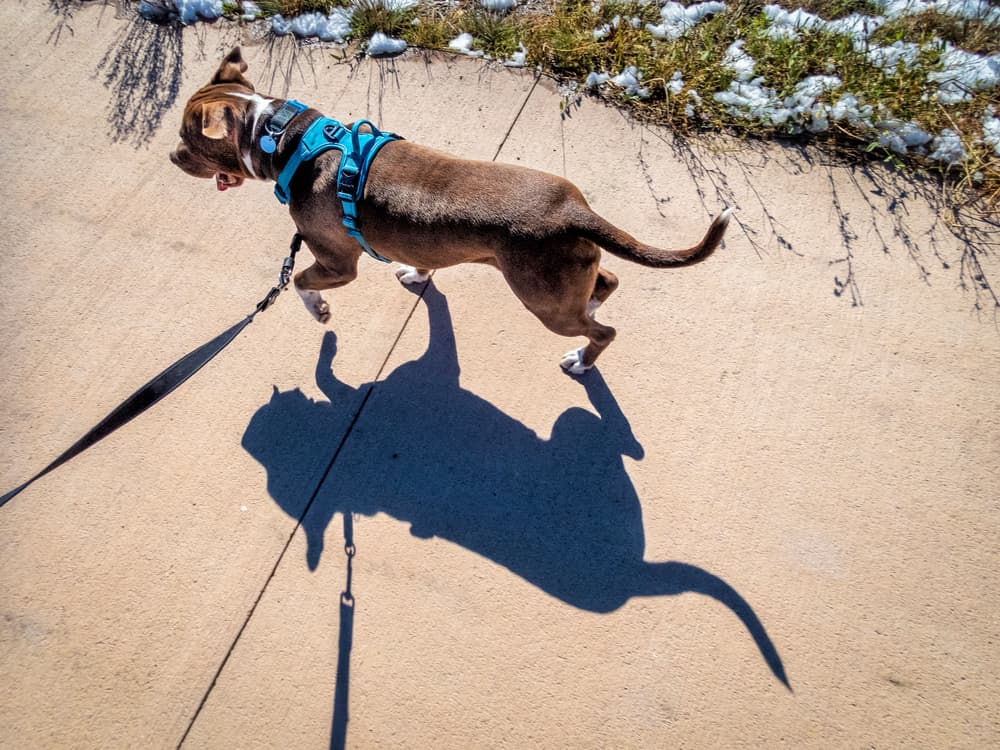
There are a few important things to keep in mind while shopping for no pull dog harnesses. Be sure to consider the following as you make your selection:
Size. Whenever you’re buying a harness or collar for your dog, it’s important to find the right size. “It’s imperative that your dog’s harness be snug but not tight,” explains Burgess. “If it’s too rigid, it will be unpleasant for your dog and may cause [them] to dislike using it. If the harness is too loose, your dog can slip out of it, causing injury to both of you.”
Most brands offer sizing guidelines for their harnesses, and the process often requires you to measure your dog’s chest and neck to figure out which size will fit them best.
Material. No pull harnesses need to be both sturdy and comfortable. Many harnesses are made using thick nylon straps for added durability, and you may also want to look for a model with inner padding and/or breathable mesh to prevent rubbing and chafing on your dog’s skin.
Ease of Use. Our experts recommend looking for a harness that’s straightforward to adjust and simple to use. “Your dog’s harness should be easy to put on and take off,” explains Burgess. “If you can’t get your dog’s harness on quickly, it will be frustrating for both of you.”
Safety Tips for Using No Pull Dog Harnesses
Safety can be an issue if a no pull harness is improperly adjusted or secured. Always be sure that the harness you use is fitted and adjusted specifically to your dog. It should not be too tight or too loose, and it should be used only as directed to avoid irritation or escaping.
You should also regularly inspect your harness to keep an eye out for wear and tear. If at any point the material appears to be weakened or ripping, stop using the harness until you can get a replacement.
If your dog has never worn a harness before, you’ll want to ease them into it slowly. “People can start simply by encouraging a dog to put their head through the yolk of a harness and feeding them,” says Siegfried. “Some dogs will roll with the change, other dogs will need extra time to adjust to having something touch their body or press against their body.” Once your dog is comfortable wearing the harness, you can slowly build up to walking with it in different settings.
It’s important to keep in mind that a no pull harness isn’t an instant solution to leash pulling – ongoing training is necessary if you want your dog to walk comfortably on a loose lead. “For any piece of equipment to be meaningful for the dog, training is hugely helpful so that there is a foundation of clarity with handler-dog communication first, and then equipment like harnesses are layered on top—instead of just slapping on some equipment and hoping it helps reduce pulling,” says Siegfried.
If your dog has a serious pulling problem, Siegfried also recommends exploring different methods of activity to help expend their energy: “If you have a dog that is pulling like a freight train on a leash, I’d really have that owner take a look at if the dog is being biologically fulfilled on a daily basis, getting the ability to move naturally, run, play, etc.” She explains that while leash walks are a popular way to exercise dogs, some animals may require more intense activity.

